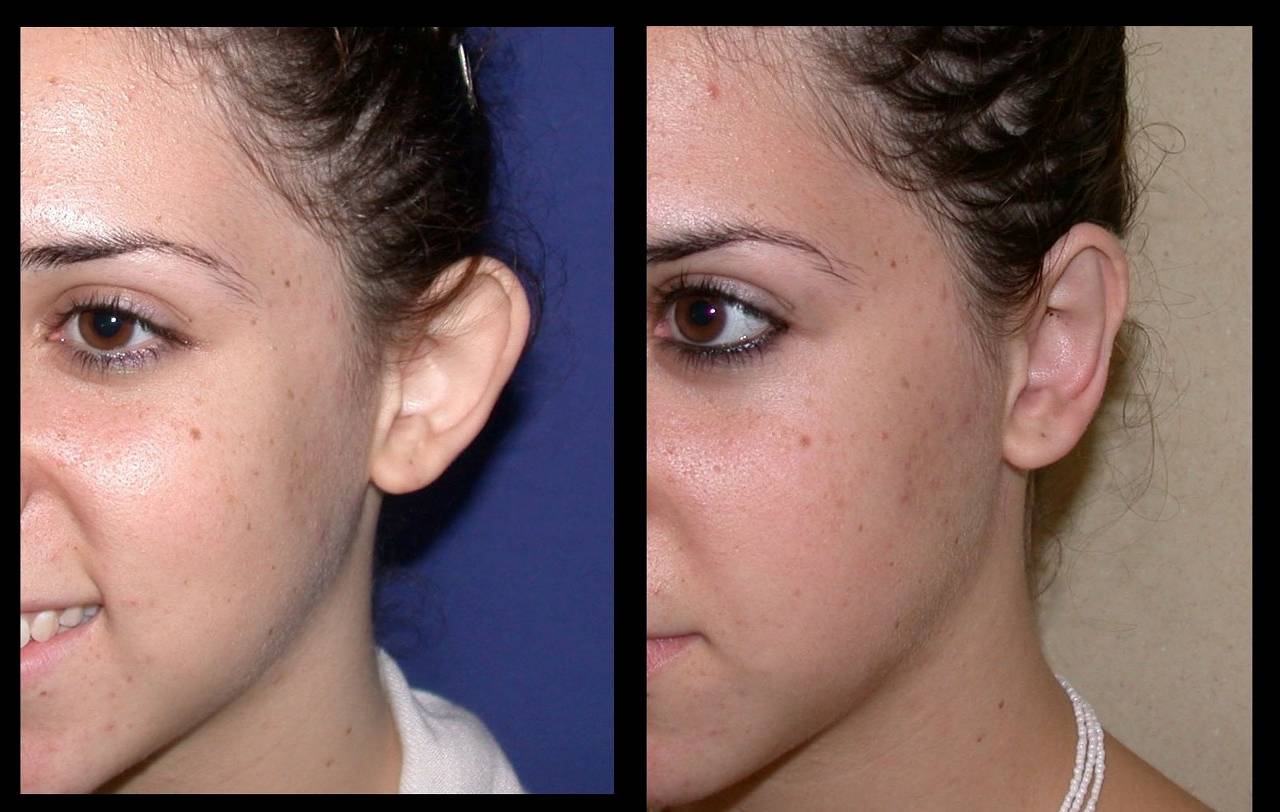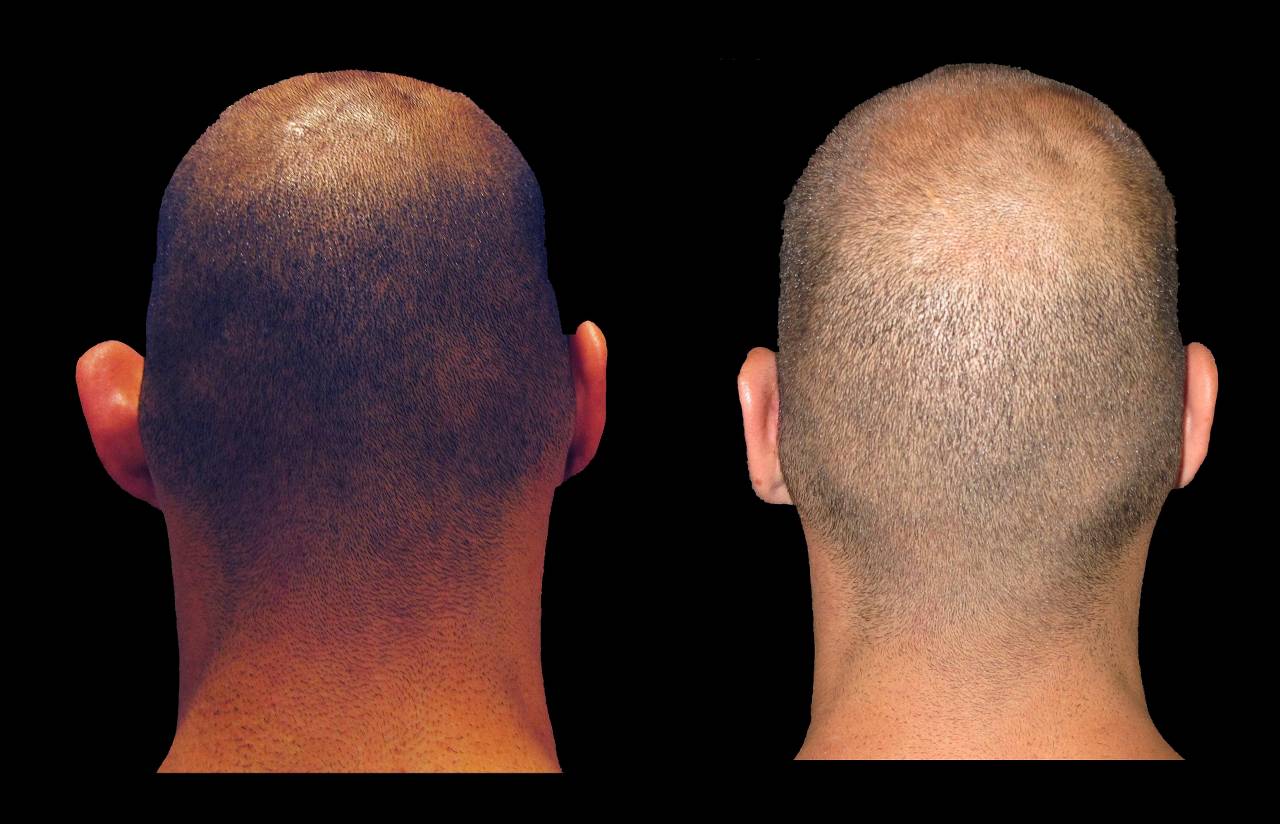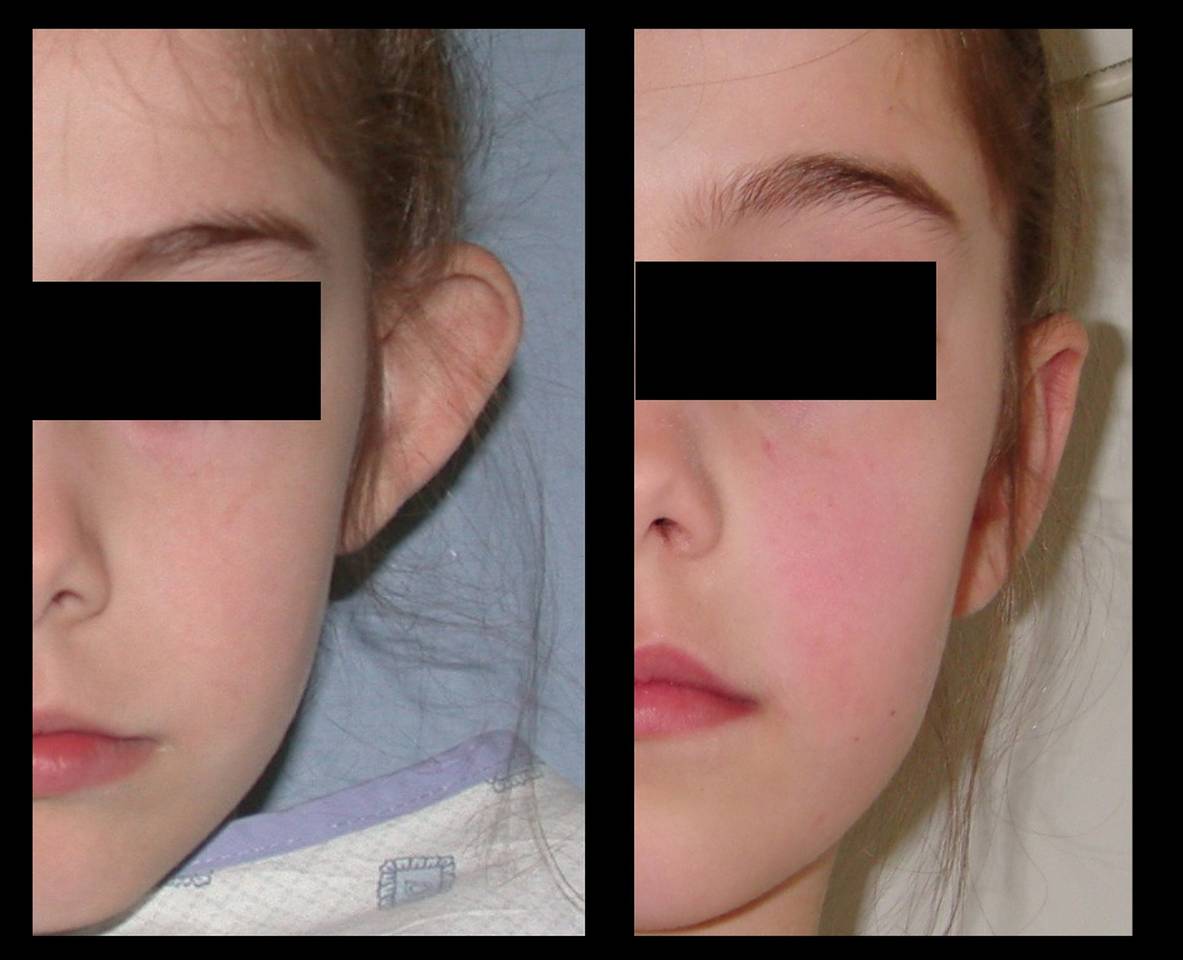Otoplasty
The ear reaches approximately 80% of its final size at ages 6-7, and therefore ear repair can be performed from this age and older without deleterious effects on normal ear growth. It is recommended that surgery be considered once the patient notices the defect in him or herself. Any older population benefits just as well from such surgery.


Ear Surgeries
Recovery from Ear Surgeries
After surgery
It is recommended that one not lean on the area for the first few weeks. Washing the head in the shower is recommended after three days from surgery for the first time.
The ear achieves its final shape after several months, once the swelling and local edema has passed. Efficacy of the surgery is indefinite. In some rare cases, recurrence of protrusion occurs, in which case the need for an additional surgery is indicated.
Complications of the surgery are rare, and include:
Local infection that is usually treated conservatively
Hypertrophic or Keloid scarring (depending on family genetics)
Asymmetry
Necessity for an additional surgery
Temporary or permanent numbness of ear
More information regarding the surgery will be made available upon consultation.


